Zildjian Alchem-E: Here’s everything we know so far about the electronic drum set Zildjian is teasing on social media
The 400-year-old cymbal brand is moving beyond cymbals, and entering the world of electronic drums
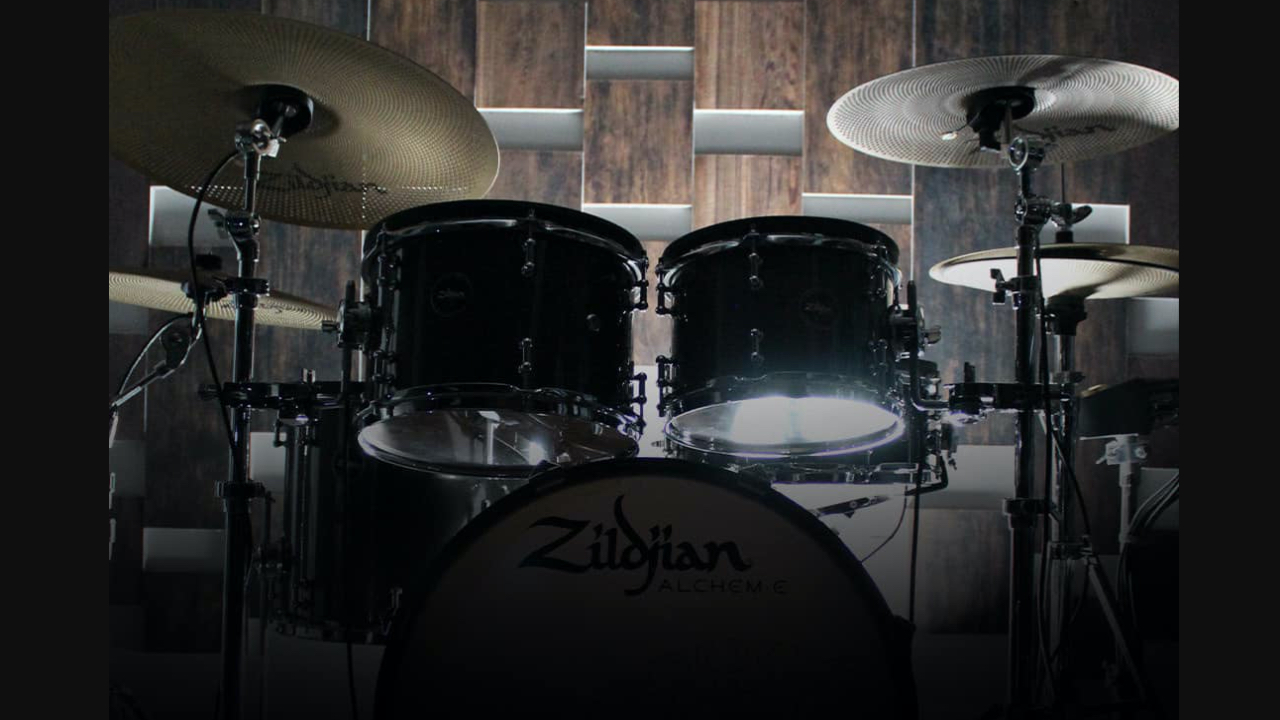
Zildjian has shared two cryptic images, revealing that it’s about to drop a surprise new release, and it’s a big one, as it looks like the brand is about to make an attempt to enter the ever-growing electronic drum set market.
Posted to the brand's social media pages, the images feature the text “An electronic experience 400 years in the making” and “Coming 5.10.2024” (10 May).
Obviously, information is limited at this time, but with just under two weeks before Zildjian lifts the lid entirely, here’s what we can glean from its teaser posts.
A post shared by Zildjian Company (@zildjiancompany)
A photo posted by on
It’s called Zildjian Alchem-E (or maybe Alchem•E)
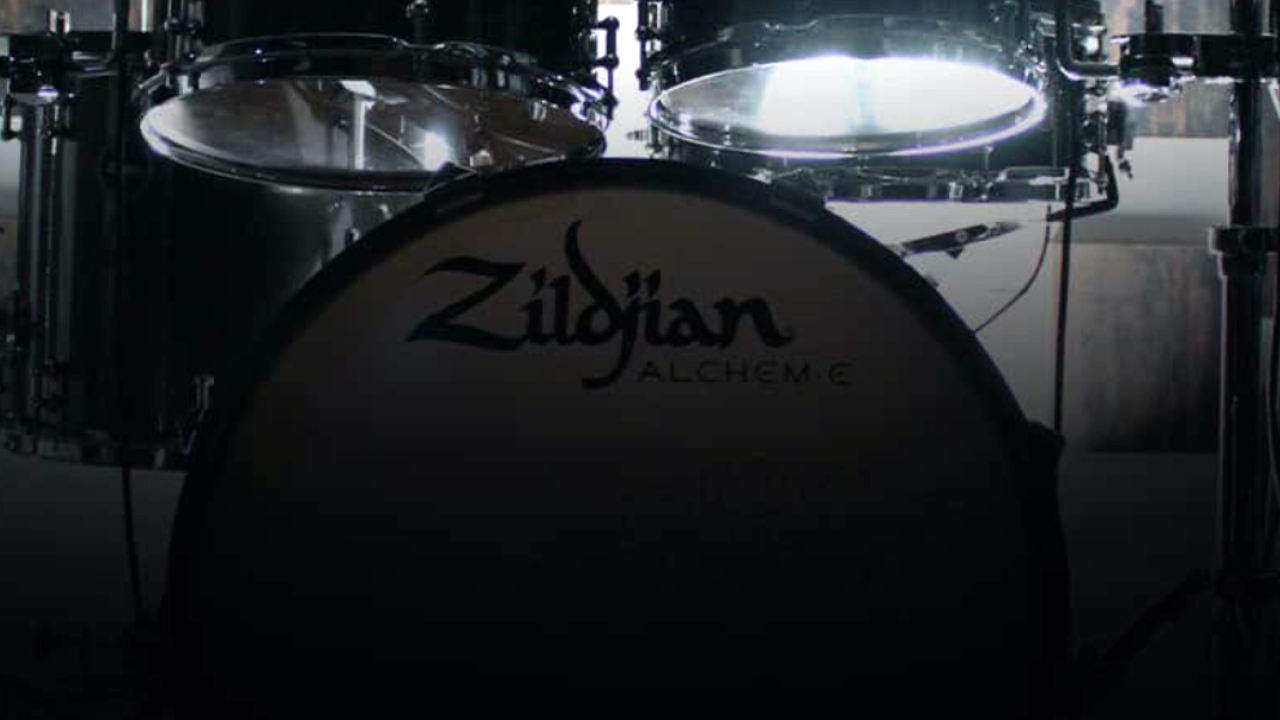
Zoom in on that bass drum resonant head and you can see the clearly legible word, ‘Alchem-E’ (geddit?). It's hard to see how Zildjian has styled it, whether it's Alchem-E, Alchem•E or Alchem E, but either way we see where this is going.
Of course, it's a nod to the brand’s 400-year expertise in turning molten bronze into its renowned cymbals, as well as a look towards the future (that’ll be the ‘E’ bit).
It uses full-size shells
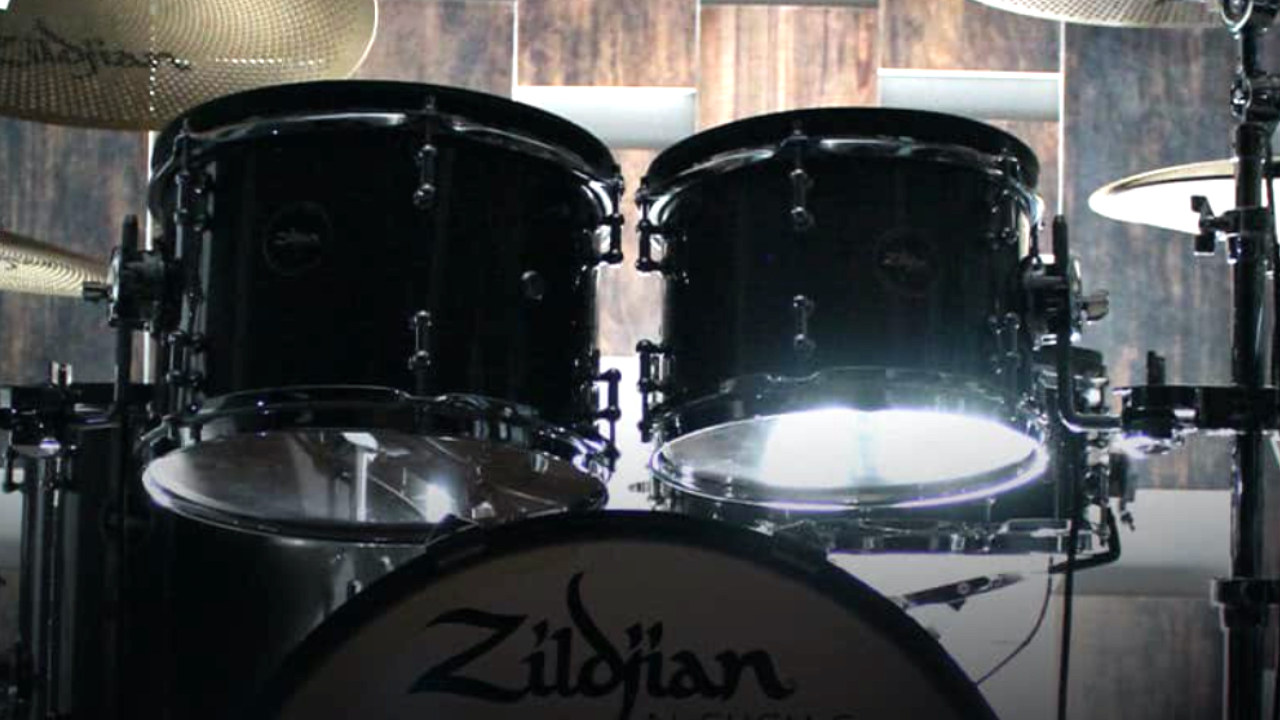
The trend for bringing electronic drums closer to the physical feel and placement of our acoustic kits isn’t going away, in fact, we’d say that it’s no longer the exception to the pads-on-a-rack rule. Zildjian’s offering looks great (at least the backlit silhouette of the kit does), with tube lugs offering a touch of class all-round, joined by that familiar logo applied to a circular badge on each drum. Finally, they look to be full-size shells (or at least, close-to, and in proportion) too.
But, is this likely to be the only configuration? Roland’s VAD sets come in full-depth, double-headed shells, but they also come in the cut-down ‘half-shell’ VAD 307 and 107 kits, with each offering's module available in a shallower pad/rack format in the V-Drums range.
Get the MusicRadar Newsletter
Want all the hottest music and gear news, reviews, deals, features and more, direct to your inbox? Sign up here.
So, is Zildjian giving us a glimpse of its flagship model first, with a complete range to be unveiled on the 10th May? Or is it dipping its digital toe with a heavy leaning towards tradition as a ‘concept’ type release?
It’s got mesh heads, but is it exclusively electronic?
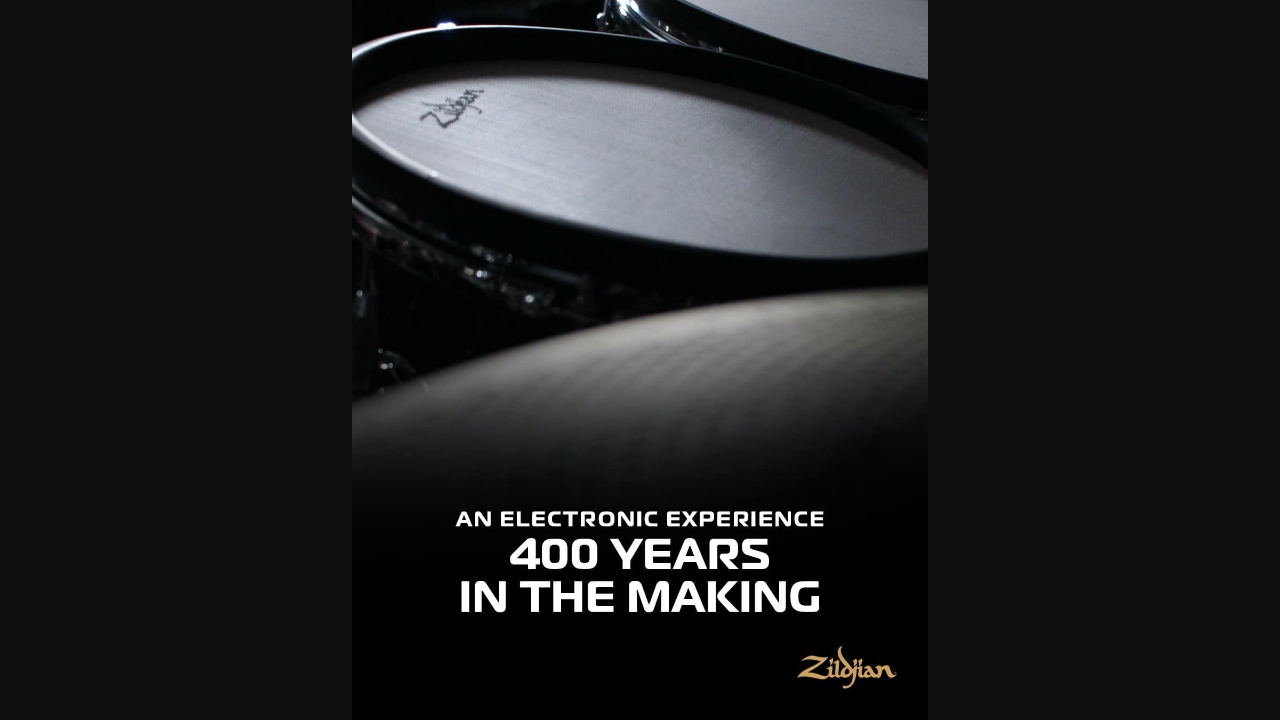
The first photo shared in Zildjian’s teaser clearly shows us a view across the plain of the rack tom, where we can see that the Alchem-E drums are sporting mesh heads along with rubber rim bumpers, at least on the batter side…
Underneath, the toms are fitted with mylar resonant heads, which suggests that Zildjian might have taken a leaf out of DW’s DWe book and made this ‘acoustic/electronic convertible. Finally, is that a snare mechanism we spy? Because it looks very much like a throw off to us on the drum’s left side (right from our perspective).
The cymbals are metal, and full of holes
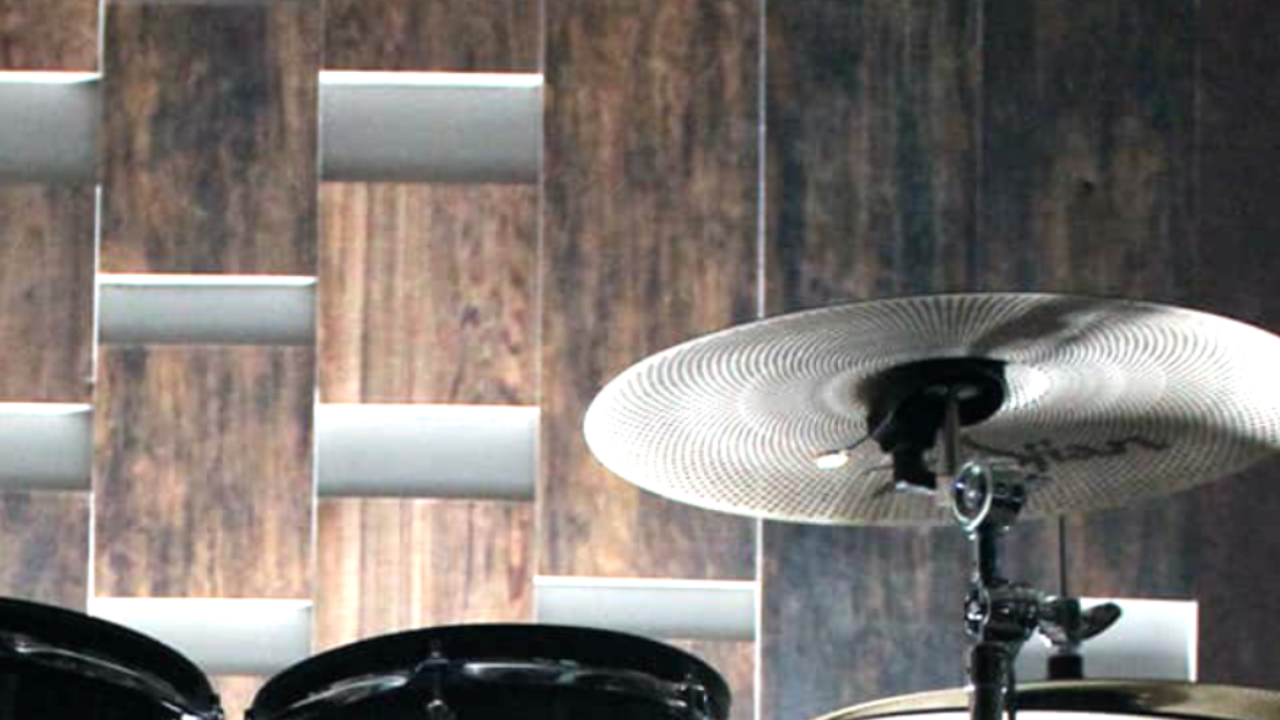
Come on, you wouldn’t expect the oldest-running cymbal brand on the planet to produce rubber cymbals now, would you?
Remember the Zildjian ZMC-1 and ZMC-10? Or more recently the Gen 16 system? The latter paired now-common low-volume cymbals with electronics (a contact-pickup and module) to offer you real-feeling cymbals with complete control over its amplified sounds via volume and EQ controls.
That’s different to what we’re used to with ‘electronic cymbals’ where the sound the pad creates can be reassigned to any sample we choose from our module. Here, we can see that the cymbals are once again perforated, low-volume style, and made of metal, with what appears to be a piezo pickup mounted below.
We’d expect these to be three-zone, in keeping with high-end offerings from other brands, after all, if there’s one big improvement to electronic drums we’d want to see from Zildjian it will be the cymbals.
DW’s metal electronic cymbals are acoustically quite loud, and the common complaint with rubber is weight and stick response. Can the Big Z finally crack the cymbals (pun absolutely intended)? We don’t have long to wait to find out!
It’s not wireless
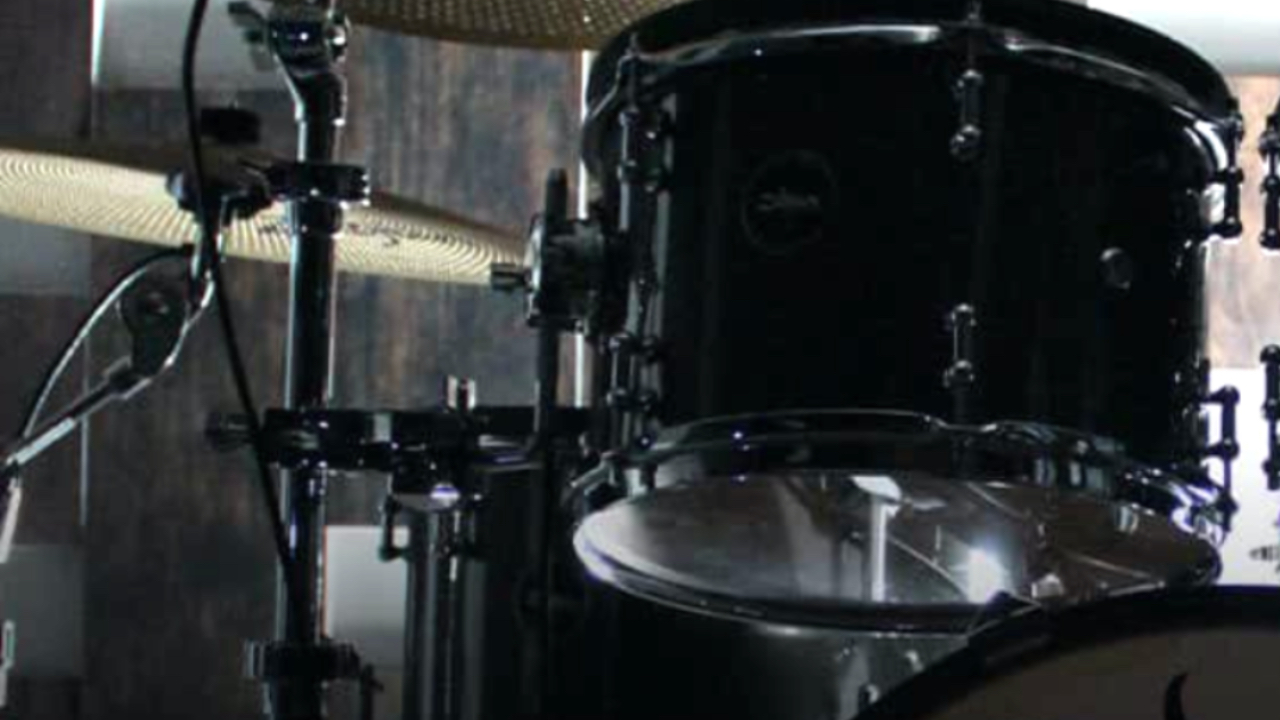
For decades, we’ve (perhaps begrudgingly) been forced into plugging in cables for every pad, cymbal and controller that’s connected to our electronic kits. One of the biggest game-changers of DW’s DWe is its wireless triggering, which is frankly, nothing short of brilliant.
But, that technology is owned by the Oxnard giants (and now, parent company Roland), so to immediately expect to see wireless technology on every kit that comes out hereafter is unlikely. There are cables. You’ll need to plug them in. Business as usual.
It’s module-based
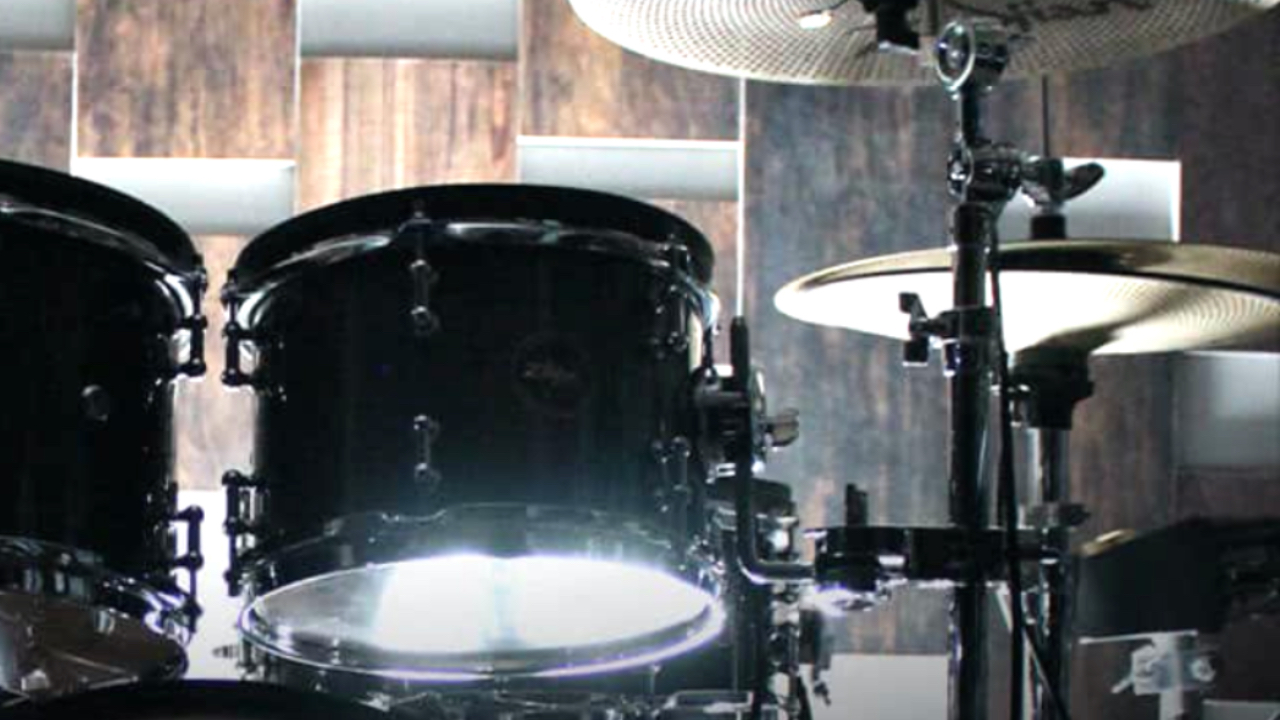
This point means a couple of things: for those of us who don’t want to use a computer, you apparently won’t need to. For those of us who use a computer and wish that our modules had the same capability as software libraries, well, it might.
The recent release of the Alesis Strata Prime - packing the full multi-sampled, multi-mic position BFD library - along with the Pearl MIMIC (fuelled by Steven Slate Drums) before it, prove that module sounds don’t need to be limited to a couple of dynamic layers.
The module can be seen peeking its way into the right-hand corner of the photo, and the only visible element from the angle we’re given shows it mounted on a stand, with a solitary gold control knob sitting proud. So, possibly a touchscreen? Possibly controlling loads and loads of sample memory inside the brain? We hope so, and we'll find out on 10 May.

I'm a freelance member of the MusicRadar team, specialising in drum news, interviews and reviews. I formerly edited Rhythm and Total Guitar here in the UK and have been playing drums for more than 25 years (my arms are very tired). When I'm not working on the site, I can be found on my electronic kit at home, or gigging and depping in function bands and the odd original project.









